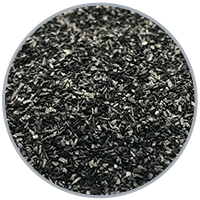Activated Carbon
What is Activated Carbon?
Activated carbon is a carbon-based material that has been processed to maximise its adsorptive properties, yielding a superior adsorbent material. Activated carbon boasts an impressive pore structure that causes it to have a very high surface area on which to capture and hold materials, and can be produced from a number of carbon-rich organic materials, including:
- Coconut Shells
- Wood
- Coal
- Peat
- And more…
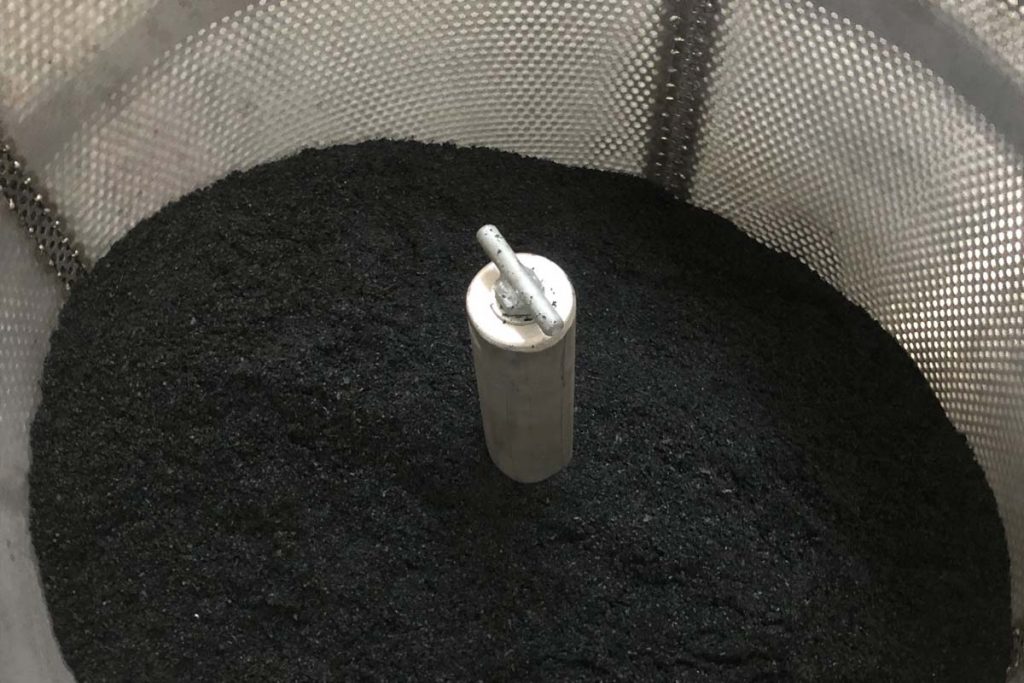
Types of Activated Carbon
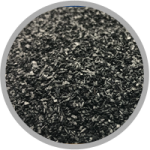
Granular Activated Carbon (GAC)
Granular activated carbons are generally range in particle sizes of 0.2mm to 5mm and can be used in both gas and liquid phase applications. GAC’s are popular because they offer cleaner handling.
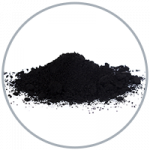
Powdered Activated Carbon (PAC)
Powdered activated carbon generally should be less than 0.5mm with some outlying sizes available. Pac can be used for dosing water, land remediation, animal feeds, Used for clarity and taste in alcohol and food.
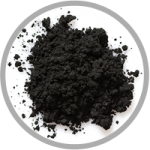
Milled Micronised Powdered Activated Carbon (MMP)
Milled Micronized Powdered Activated Carbon has a particle size less than 0.053 mm. Due to its fine particle size it is typically used in beauty and health products, the food and beverage industry, and as a colorant to produce a true black.
Do you require High-Quality Activated Carbon/Charcoal or Biochar?
Sustainably Made by Kiwi's for Kiwi's - in Taupo the Heart of Aotearoa New Zealand
Contact Grant on 021 434 392 to discuss now.
Properties of Activated Carbon
When selecting an activated carbon for a particular application, a variety of characteristics are considered
Pore Structure
The pore structure of activated carbon is distinguished by the volume distribution of micropores, mesopores and macropores.
The pore structure varies between raw feed stock, and activation processes.
The pore structure, in combination with ionic exchange, is what allows adsorption to occur.
Hardness/Abrasion
Hardness/abrasion is also a key factor in selection. Many applications will require the activated carbon to have a high particle strength and a resistance to attrition (the breakdown of material into fines).
Adsorptive Properties
The absorptive properties of activated carbon encompass several characteristics, including adsorptive capacity, the rate of adsorption, and the overall effectiveness of activated carbon.
Depending on the application (liquid or gas), these properties may be indicated by a number of laboratory tests including BET (Brunaurer-Emmert-Teller) surface area testing and Langmuir adsorption Isotherms.
Density
While apparent density will not effect the adsorption per unit weight, it will effect the adsorption per unit volume.
Moisture
Ideally, the amount of physical moisture contained within activated carbon should fall within 3-6% when packaged.
Ash Content
The ash content of activated carbon is a measure of the inert, amorphous, inorganic, and unusable part of the material. The ash content will ideally be as low as possible. The quality of the activated carbon increases as ash content decreases.
pH Value
The pH value is measured to predict potential change when activated carbon is added to liquid. Also ideally any Activated Carbon used in food, beverage, beauty and health products should have a neutral pH value.
Particle Size
Particle size has a direct effect on adsorption kinetics, flow characteristics, and filterability of the activated carbon.
The feed stock used to make Activated carbon has a direct effect on the particle size produced.
After production, particle sized is measured by the U.S mesh size that it is sieved through, or by milling to get a finer particle size.

